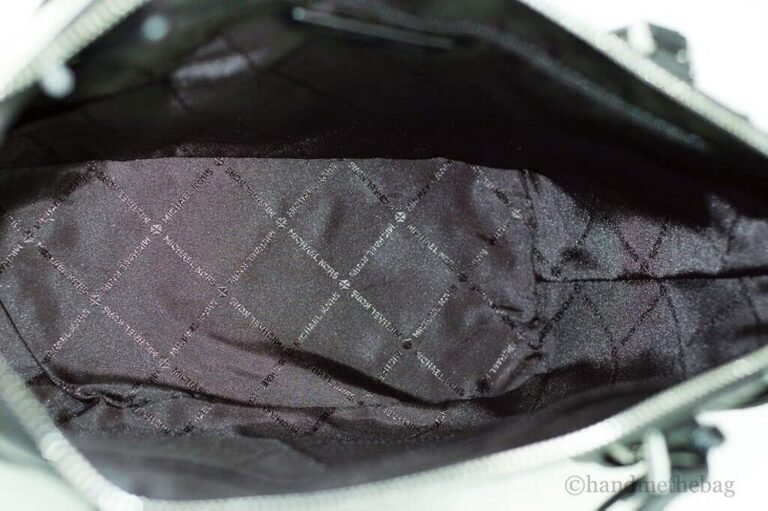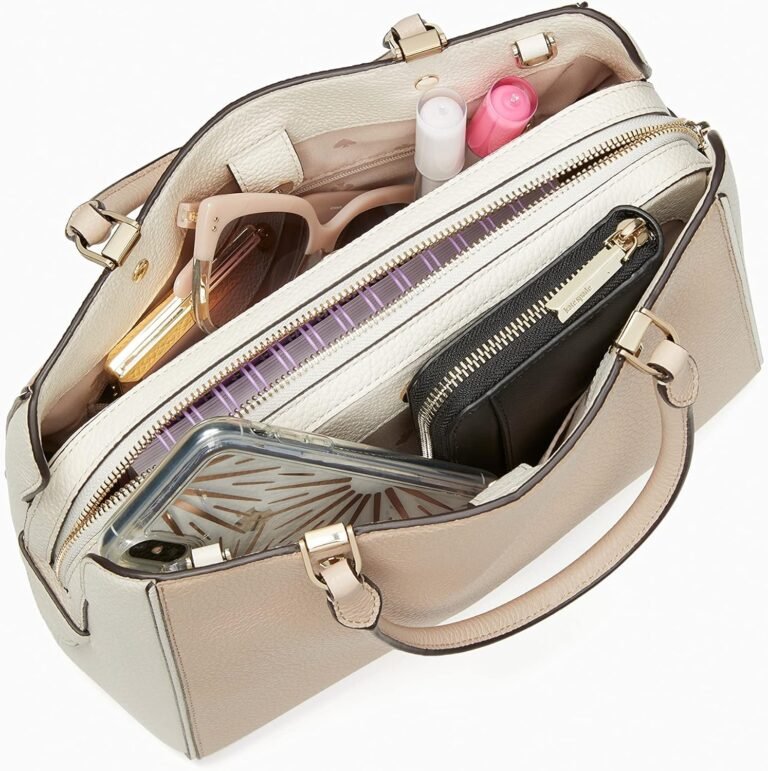Celebrating Diversity: Multicultural Influences in Jewelry Design
Looking to add a touch of cultural flair to your jewelry collection? Ever wondered how different cultures influence the art of jewelry design?
Celebrate diversity as we delve into the world of multicultural influences in jewelry design. From the historical significance to the innovative techniques used, this article explores the rich tapestry of symbolism, materials, and inspiration that make up this vibrant field.
Get ready to be inspired by the global fusion of traditions and modernity in jewelry making.
Key Takeaways
- Multicultural jewelry design has a rich historical significance and showcases the evolution and exchange between civilizations.
- Cultural motifs in jewelry carry symbolism and meaning, often representing spiritual or religious beliefs and serving as symbols of identity and heritage.
- Multicultural jewelry design embraces innovative techniques and materials, blending traditional craftsmanship with contemporary aesthetics and emphasizing sustainability and ethical practices.
- Cross-cultural collaboration in jewelry design promotes understanding and appreciation of diverse cultures, enhancing the depth and diversity of jewelry design in a globalized society.
Historical Significance: Tracing the Roots of Multicultural Jewelry Design
Take a journey back in time as we explore the historical significance of multicultural jewelry design. The roots of this art form can be traced back to the cultural evolution of different civilizations throughout history. From ancient Egypt to the Byzantine Empire, jewelry has played a vital role in expressing cultural identity and status.
One of the key factors in the historical significance of multicultural jewelry design is the traditional craftsmanship that has been passed down through generations. Skilled artisans meticulously crafted these pieces using techniques that were unique to their respective cultures. The attention to detail and intricate designs showcased the rich heritage and cultural values of each civilization.
Cultural evolution also played a significant role in the development of multicultural jewelry design. As civilizations interacted and traded with one another, they exchanged ideas and influences, resulting in the fusion of different artistic styles. This cross-cultural exchange gave rise to new and innovative designs, blending elements from various traditions and creating jewelry that reflected the diversity of the time.
Understanding the historical significance of multicultural jewelry design allows us to appreciate the artistry and craftsmanship behind these pieces. It serves as a reminder of the importance of cultural heritage and the impact it has on shaping our present-day society. By celebrating the rich history of multicultural jewelry, we can continue to embrace diversity and promote cultural understanding.
Symbolism and Meaning: Exploring Cultural Motifs in Jewelry
Delve into the world of multicultural jewelry design and uncover the symbolism and meaning behind the intricate cultural motifs.
Jewelry has always held a significant place in various cultures, serving as a means of self-expression, identification, and celebration. Understanding the symbolism behind these cultural motifs allows us to appreciate the rich diversity and historical significance they carry.
Here are four key aspects to consider when exploring the symbolism and meaning in multicultural jewelry:
-
Cultural Appropriation: It’s essential to approach cultural motifs respectfully, understanding their cultural significance and avoiding misrepresentation or exploitation. Appreciating and celebrating cultural diversity should be done in a way that acknowledges and respects the origins of the motifs.
-
Contemporary Interpretations: Multicultural jewelry design has evolved over time to incorporate contemporary elements and interpretations. Designers often blend traditional motifs with modern techniques and materials to create unique and meaningful pieces.
-
Spiritual Significance: Many cultural motifs in jewelry hold spiritual or religious meaning. For example, the Hamsa symbol in Middle Eastern jewelry is believed to bring protection and good fortune. Understanding the spiritual significance adds depth and meaning to these pieces.
-
Identity and Heritage: Cultural motifs in jewelry often serve as symbols of identity and heritage. They can represent a connection to one’s roots, cultural pride, or a way to honor one’s ancestors. Wearing these pieces can be a way to express and celebrate one’s cultural background.
Innovative Techniques: Fusion of Traditional and Modern Jewelry Design
You might often find yourself amazed by the innovative techniques used in the fusion of traditional and modern jewelry design. The combination of traditional craftsmanship with contemporary aesthetics has resulted in a truly remarkable evolution of jewelry design. By incorporating age-old techniques with modern materials and design elements, jewelers have been able to create pieces that are both timeless and cutting-edge.
One of the most exciting aspects of this fusion is the way in which traditional craftsmanship is reimagined to fit modern sensibilities. Techniques such as filigree, enameling, and stone carving, which have been passed down through generations, are now being used to create jewelry that’s fresh and relevant. For example, a traditional filigree pendant might be reinterpreted with a minimalist design and bold colors, giving it a contemporary edge.
At the same time, modern jewelry design is also embracing traditional techniques. Jewelers are recognizing the value of handcrafted pieces and the unique character they bring. This has led to a resurgence in techniques such as hand engraving, hand weaving, and hand setting, which add a level of craftsmanship and personalization that can’t be replicated by machines.
The fusion of traditional and modern jewelry design not only showcases the incredible talent and creativity of the designers but also serves as a celebration of cultural heritage. By combining the best of both worlds, jewelers are able to create pieces that aren’t only beautiful but also meaningful, honoring the past while looking towards the future.
Materials and Inspiration: A World of Diversity in Jewelry Making
With a wide array of materials and endless sources of inspiration, jewelry making offers a world of diversity for artisans to explore. Traditional techniques combined with contemporary designs create unique pieces that reflect the rich cultural heritage of various communities. Here are four key aspects that contribute to the diversity of materials and inspiration in jewelry making:
-
Cultural Influences: Different cultures have their distinct styles and preferences when it comes to jewelry. From intricate Indian filigree work to bold African beadwork, artisans can draw inspiration from these diverse cultural practices to create stunning pieces.
-
Natural Materials: Jewelry makers often utilize a wide range of natural materials such as gemstones, metals, wood, shells, and feathers. These materials not only add visual appeal but also carry symbolic meanings, connecting the wearer to nature and their cultural roots.
-
Ethical Sourcing: With a growing emphasis on sustainability and ethical practices, jewelry makers are increasingly using responsibly sourced materials. This includes using recycled metals, conflict-free gemstones, and supporting fair trade initiatives, ensuring that their creations have a positive impact on both the environment and the communities involved.
-
Innovative Techniques: While traditional techniques provide a strong foundation, jewelry makers are also experimenting with new techniques and technologies. Incorporating 3D printing, laser cutting, and other modern methods allows artisans to push the boundaries of design and create truly unique and contemporary pieces.
Global Influences: Celebrating Cross-Cultural Collaboration in Jewelry Design
Explore the exciting world of cross-cultural collaboration in jewelry design, where diverse influences come together to create stunning and meaningful pieces. In today’s globalized society, jewelry designers are embracing cross-cultural inspiration and celebrating cultural exchange through their creations. This trend not only brings together different artistic traditions and techniques but also promotes a deeper understanding and appreciation of diverse cultures.
Cross-cultural collaboration in jewelry design allows designers to explore a wide range of materials, techniques, and design elements from different parts of the world. By incorporating these unique elements into their work, designers can create one-of-a-kind pieces that showcase the beauty and richness of various cultures. This approach not only adds an element of novelty to the designs but also creates a deeper connection between the wearer and the piece, as it represents a fusion of different cultural influences.
To illustrate the impact of cross-cultural collaboration in jewelry design, let’s take a look at the following table:
| Cultural Influence | Design Element |
|---|---|
| African | Tribal motifs |
| Indian | Intricate filigree |
| Native American | Turquoise stones |
| Japanese | Origami-inspired |
| Middle Eastern | Intricate metalwork |
Each cultural influence brings its own unique design element to the table, resulting in a diverse and vibrant collection of jewelry. Through these collaborations, designers not only push the boundaries of traditional jewelry design but also create pieces that serve as a bridge between different cultures, promoting unity and appreciation for the beauty that lies in our differences.
Conclusion
In conclusion, celebrating diversity in jewelry design isn’t only a reflection of our multicultural society, but also a testament to the rich history and traditions that have shaped it.
Through the fusion of traditional and modern techniques, the use of diverse materials, and the collaboration of designers from around the world, jewelry has become a powerful medium for expressing cultural identity and promoting cross-cultural understanding.
Each piece tells a unique story, like a tapestry woven with threads of cultural influences, creating a vibrant and harmonious mosaic of beauty.




